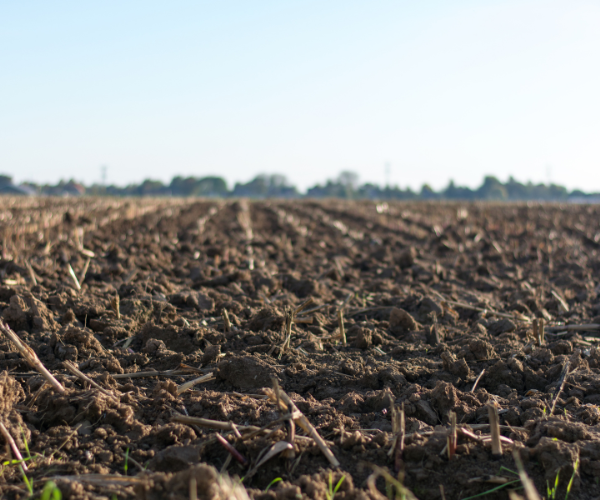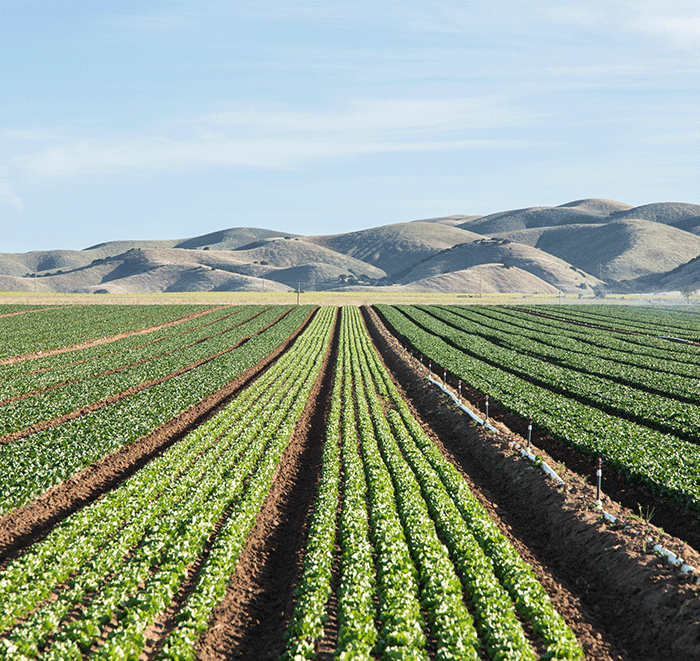
The Importance of Soil Temperatures
While it can be worth your while to monitor Spring soil temperature, the same idea applies for summer. Here in Eastern Washington, it is not out of the ordinary to get weeks of temperatures soaring into the high nineties or the hundreds. With sustained heat like that, it can become harmful to a tree’s roots. According to Washington State University researchers, optimal temperatures for apple roots range from 65°-77°F (rootstock dependent). While soil temperatures above that can stunt root growth, temperatures reaching around 86°F or higher can be deleterious to roots. It’s also important to note that temperatures of that degree tend to affect first-year plantings due to how shallow the rooting systems are, but a lot of these concerns can be easily offset. A few ways to mitigate high soil temperatures are through proper watering, cover crops, mow, and blow (blowing cover crop trimmings into the tree row), as well as establishing a healthy canopy.



